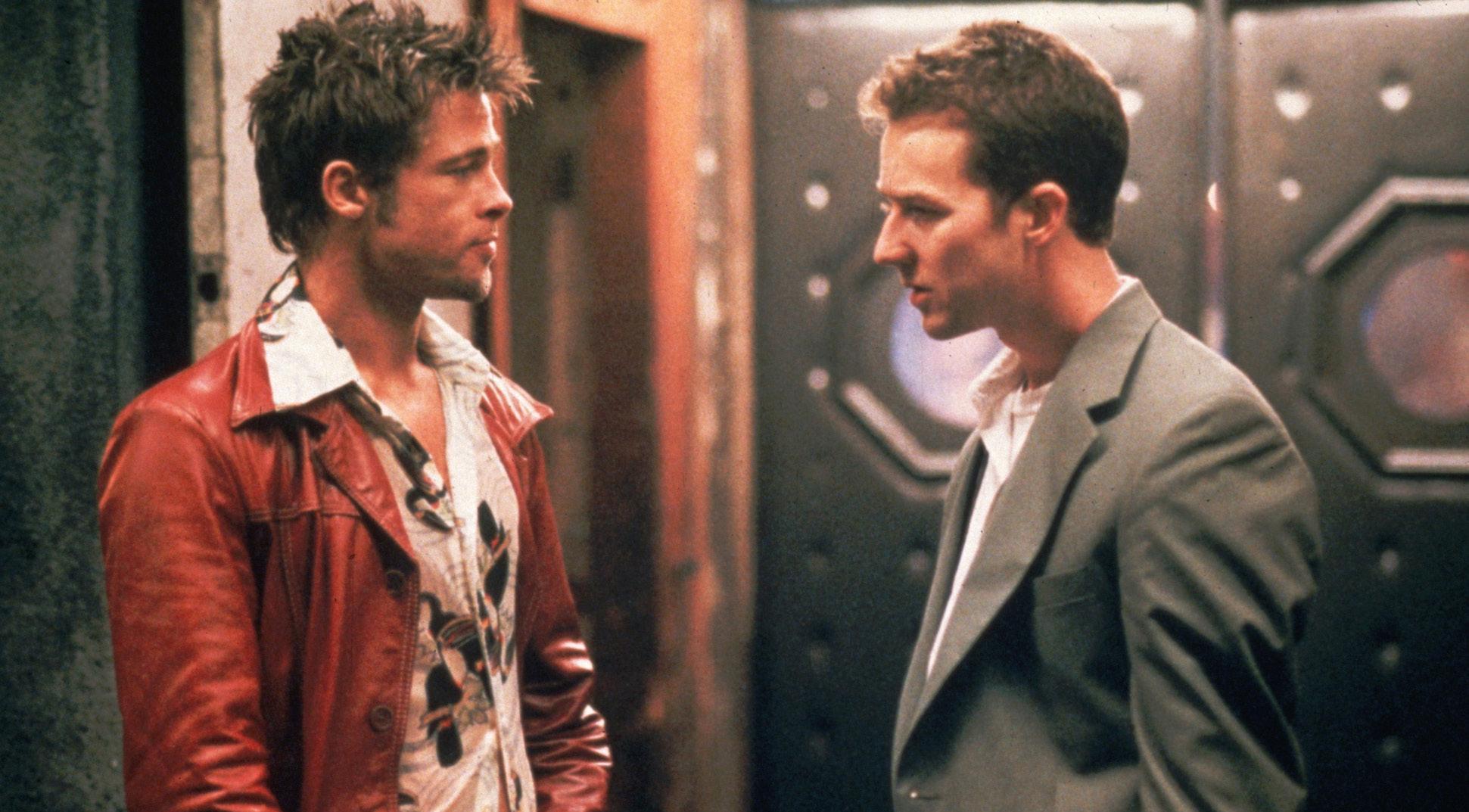OPLUA D B KQH P U
Stanley Morison
Times New Roman is a serif typeface. It was commissioned by the British newspaper The Times in 1931 and conceived by Stanley Morison, the artistic adviser to the British branch of the printing equipment company Monotype, in collaboration with Victor Lardent, a lettering artist in The Times’s advertising department. It has become one of the most popular typefaces of all time and is installed on most personal computers. Asked to advise on a redesign, Morison recommended that The Times change their text typeface from a spindly nineteenth-century face to a more robust, solid design, returning to traditions of printing from the eighteenth century and before. This matched a common trend in printing tastes of the period. Morison proposed an older Monotype typeface named Plantin as a basis for the design, and Times New Roman mostly matches Plantin’s dimensions. The main change was that the contrast between strokes was enhanced to give a crisper image. The new design made its debut in The Times on 3 October 1932. After one year, the design was released for commercial sale. In Times New Roman’s name, Roman is a reference to the regular or roman style (sometimes also called
Fifght club is an uncompromising American classic
Fincher said Fight Club was a coming of age film, like the 1967 film The Graduate but for people in their 30s. Fincher described the narrator as an «everyman»; the character is identified in the script as «Jack», but left unnamed in the film.[9] Fincher outlined the Narrator’s background, «He’s tried to do everything he was taught to do, tried to fit into the world by becoming the thing he isn’t.» He cannot find happiness, so he travels on a path to enlightenment in which he must «kill» his parents, god, and teacher. By the start of the film, he has «killed off» his parents. With Tyler Durden, he kills his god by doing things they are not supposed to do. To complete the process of maturing, the Narrator has to kill his teacher, Tyler Durden.
The character is a 1990s inverse of the Graduate archetype: «a guy who does not have a world of possibilities in front of him, he has no possibilities, he literally cannot imagine a way to change his life.» He is confused and angry, so he responds to his environment by creating Tyler Durden, a Nietzschean Übermensch, in his mind. While Tyler is who the Narrator wants to be, he is not empathetic and does not help the Narrator face decisions in his life «that are complicated and have moral and ethical implications». Fincher explained, «[Tyler] can deal with the concepts of our lives in an idealistic fashion, but it doesn’t have anything to do with the compromises of real life as modern man knows it. Which is: you’re not really necessary to a lot of what’s going on. It’s built, it just needs to run now.» While studio executives worried that Fight Club was going to be «sinister and seditious», Fincher sought to make it «funny and seditious» by including humor to temper the sinister element.

Originally, the intro to the movie was supposed to be the sound of a gun shutter clicking, followed by a shot of Durden holding that very gun in the Narrator’s mouth. But Fincher paid over $750,000 to create new titles that begin with a nerve impulse in the Narrator’s CGI brain, more specifically the fear/panic receptor. The camera gradually picks outward and stops at the gun in his mouth.
OPENING CREDITS 1
Awesome Things You Didn’t Know
The process of revisiting Fight Club in search of signs pointing to the connection between the Narrator and Tyler is the most amazing experience one can have watching a movie. Of course, not every scene is devoted to this, but there are quite a few hints scattered throughout the movie. Almost all of the hints have already been explored along the way, but we’ve found a few you might have missed.
SUBTLE ALLUSIONS TO IMAGINARY FRIENDS 2
Fight Club is one of the most controversial films of the last 20 years, but there are still many things that fans don’t know about the classic
For the final piece of exploration into the mysterious case of Marla Singer, take a look at the early scene at the laundromat. In case you forgot, this scene takes place right before he meets Durden on the plane. The Narrator follows Marla into the laundromat to negotiate which support groups each of them should attend. Pay attention to what happens next.
SELLING JEANS
3
Since its release in 1999, Fight Club has both shocked and awed audiences around the world. While the initial commercial success of the book and box office results of the film were underwhelming, Fight Club grew into and remained one of the most beloved and controversial films of the past 20 years, as well as one of the most misunderstood. This is because, despite the film’s popularity and endless rewatchability, many fans still argue about the core message. It goes further than that. There’s no denying that Fight Club is a complex movie, but, with all the twists and turns distracting viewers, even some of the basic plot points are overlooked.

TYLER, THE CREATOR ONLY DOES WHAT HE WANTS I’M THE BOSS

